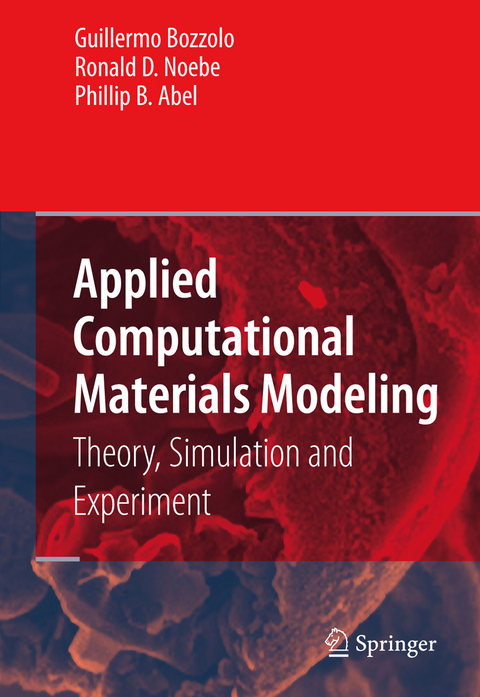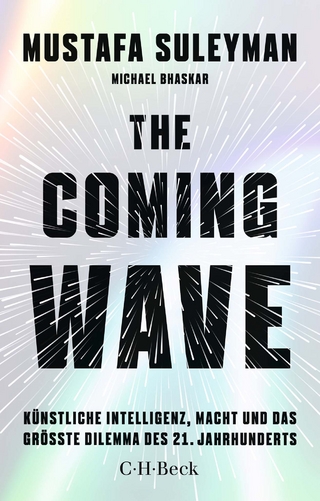
Applied Computational Materials Modeling
Springer-Verlag New York Inc.
978-1-4419-3575-5 (ISBN)
Ab initio modeling of alloy phase equilibria.- Use of computational thermodynamics to identify potential alloy compositions for metallic glass formation.- How does a crystal grow? Experiments, models and simulations from the nano- to the micro-scale regime.- Structural and electronic properties from first-principles.- Synergy between material, surface science experiments and simulations.- Integration of first-principles calculations, calphad modeling, and phase-field simulations.- Quantum approximate methods for the atomistic modeling of multicomponent alloys.- Molecular orbital approach to alloy design.- Application of computational and experimental techniques in intelligent design of age-hardenable aluminum alloys.- Multiscale modeling of intergranular fracture in metals.- Multiscale modeling of deformation and fracture in metallic materials.- Frontiers in surface analysis: Experiments and modeling.- The evolution of composition and structure at metal-metal interfaces: Measurements and simulations.- Modeling of low enrichment uranium fuels for research and test reactors.
| Erscheint lt. Verlag | 29.10.2010 |
|---|---|
| Zusatzinfo | XVI, 491 p. |
| Verlagsort | New York, NY |
| Sprache | englisch |
| Maße | 155 x 235 mm |
| Themenwelt | Informatik ► Theorie / Studium ► Künstliche Intelligenz / Robotik |
| Mathematik / Informatik ► Mathematik ► Angewandte Mathematik | |
| Naturwissenschaften ► Physik / Astronomie ► Festkörperphysik | |
| Naturwissenschaften ► Physik / Astronomie ► Thermodynamik | |
| Technik ► Maschinenbau | |
| ISBN-10 | 1-4419-3575-4 / 1441935754 |
| ISBN-13 | 978-1-4419-3575-5 / 9781441935755 |
| Zustand | Neuware |
| Informationen gemäß Produktsicherheitsverordnung (GPSR) | |
| Haben Sie eine Frage zum Produkt? |
aus dem Bereich


